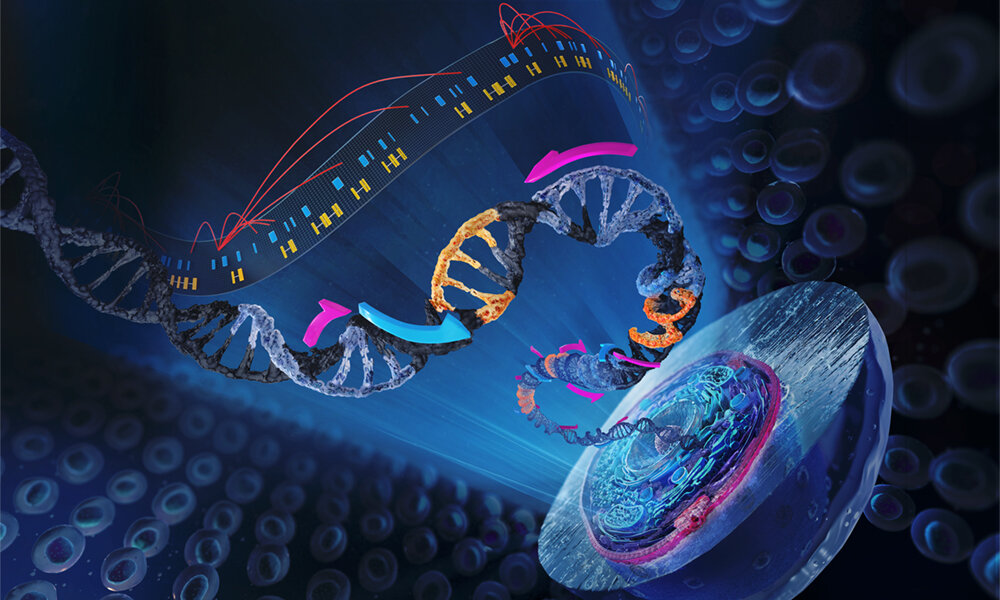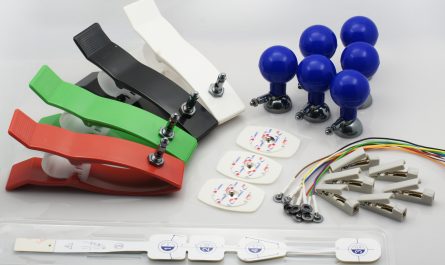The development of single cell genome sequencing technology has revolutionized the field of genomics and biology. By allowing scientists to study individual cells, this technique is providing unprecedented insights into biological systems at their most basic unit – the single cell. In this article, we will explore what single cell genome sequencing is, the major advancements that have been made, and how this groundbreaking approach is enhancing our understanding of biology.
What is Single Cell Genome Sequencing?
Single cell genome sequencing refers to the process of isolating individual cells and sequencing their entire genome to obtain high-quality genomic data from each cell separately. Traditionally, genomics research involved studying a pool of cells collectively, averaging out differences between individual cells. However, single cells within tissues and organisms can differ greatly from each other. Single cell sequencing allows scientists to study these heterogeneities and differences between cells that would otherwise be lost if studying bulk cell populations.
By isolating and sequencing DNA or RNA from individual cells, researchers can identify unique characteristics of each cell like mutations, gene expression patterns, epigenetic modifications, and more. This high-resolution analysis at the single cell level provides insights into biological processes like development, disease progression, response to therapies, and cellular interactions that were previously impossible to study. The ability to characterize cell types and states at such a granular level has transformed how we understand fundamental biological questions.
Advancements in Single Cell Sequencing Technologies
The first single cell genome sequenced was of a bacterium in 1988. However, it was not until recent years that major technological improvements made single cell sequencing scalable and applicable to more complex eukaryotic cells. Initial approaches could only sequence a few genes but throughput has now increased tremendously. Some key developments that have enabled deeper analyses include:
– Microfluidic devices that can isolate, capture, and lyse individual cells efficiently and at large scales. This allowed sequencing hundreds to thousands of cells.
– Advanced amplification techniques like multiple displacement amplification and optimized whole genome amplification protocols that can reproduce high-quality genomic DNA from single cells for sequencing.
– Reduction of noise and biases from DNA amplification through unique molecular identifiers and error correction algorithms.
– Droplet-based microfluidics that can encapsulate individual cells and barcoded beads in aqueous droplets for massively parallel single cell analysis of thousands to millions of cells.
– The continued decrease in sequencing costs and increases in throughput have made single cell multi-omics analyses like transcriptomics, epigenomics, and proteomics scalable.
These technological advancements have truly revolutionized single cell analyses by enhancing resolution, scale, and the types of omics data that can be collected from individual cells. Researchers can now dissect biological systems with unprecedented clarity.
Highlights from Single Cell Genomics Research
Single cell genomics has provided novel insights across diverse areas of biology in recent years. Here are some highlights:
Cancer Heterogeneity: Single cell analyses of tumor tissues have revealed substantial diversity between cancer cells, contributing to treatment resistance. Distinct subclonal populations and rare mutant cells driving recurrence are being uncovered.
Developmental Biology: Single cell RNA sequencing of developing embryos tracked cell lineages and fate decisions at minute timepoints, discovering rare transitional cell states. Studies mapped brain cell types and uncovered molecular switches regulating neurogenesis.
Immunology: Single cell profiling revolutionized our understanding of the immune system by precisely defining immune cell types and states, cell-cell communications, rare cell populations, and how these differ between health and disease.
Microbiomes: By sequencing DNA from microbes at single cell resolution, interactions between species in microbial communities like the gut are being mapped. Niche specialization of bacteria and virial particles exchanged are areas of active research.
Neuroscience: Spatial transcriptomics combined with single nucleus sequencing enables associating gene expression patterns with specific neuron and glial cell types in intact tissues, illuminating brain circuits and disease mechanisms.
These are just a few examples of the breadth of discoveries empowered by single cell genomics. By providing an unprecedented view into cellular heterogeneity, this approach continues fueling novel insights across biology.
Conclusions and Future Outlook
Single cell genome sequencing has revolutionized genomics research and our understanding of biology in only a few short years since its development into a high-throughput technology. Being able to study variation between individual cells is elucidating complex biological systems in exquisite new detail across diverse areas. While high-quality whole genome sequencing remains challenging for some cell types, reduction of costs, increase in throughput, and integration of multi-omics modalities at single cell resolution will continue advancing our knowledge. Exciting applications of single cell genomics in precision medicine, developmental biology, neuroscience, and more are on the horizon. With further technological progress, this transformative approach promises to uncover many more biological insights at the deepest level – that of the single cell.



